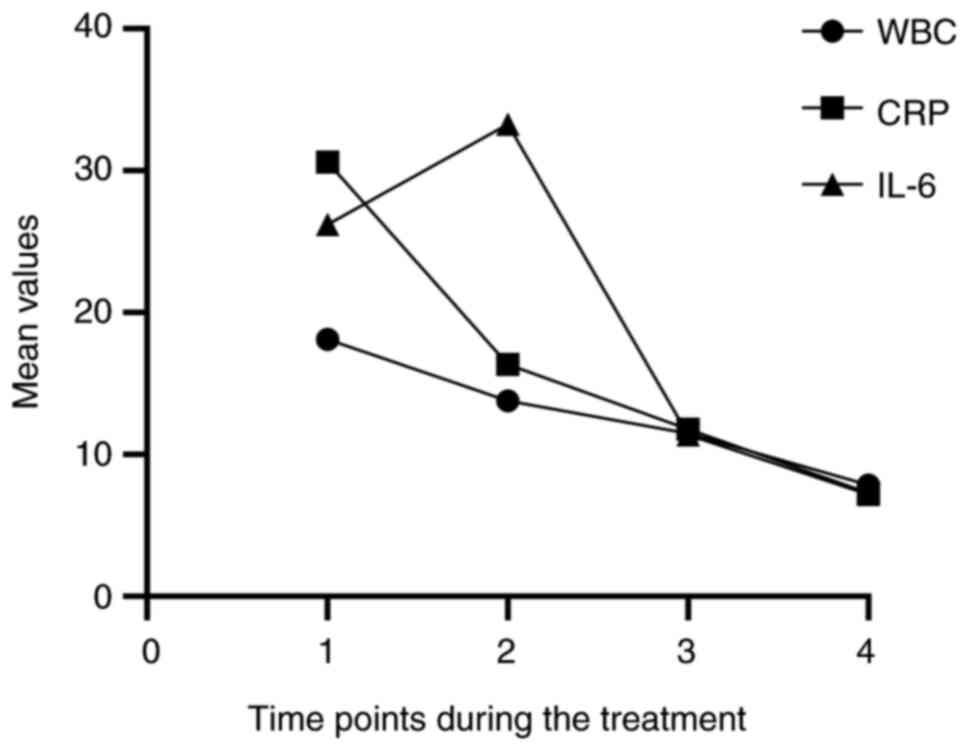A prospective analysis of the efficacy of phase II autologous skin grafting on deep second‑degree burns on the dorsum of the hand
- Authors:
- Published online on: March 27, 2024 https://doi.org/10.3892/etm.2024.12526
- Article Number: 238
-
Copyright: © Sun et al. This is an open access article distributed under the terms of Creative Commons Attribution License.
Metrics:
Total
Views: 0 (Spandidos Publications: | PMC Statistics:
)
Total PDF Downloads: 0 (Spandidos Publications: | PMC Statistics:
)
Abstract
The aim of the present study was to investigate the possibility of reducing the damage to the donor site while preserving the functional recovery of the dorsum of the hand following burn injury. An attempt was made to analyze the effect of a phased surgery approach on inflammatory indicators. A two‑phase treatment was administered on a total of 64 patients with deep second‑degree burns on the dorsum of the hand who were admitted to Guangzhou Red Cross Hospital between January 2020 and March 2023. During phase I treatment, the wounds were covered with xenogeneic (porcine) skin, followed by the application of autologous thin intermediate thickness skin grafts for wound repair in phase II treatment 1 week later. The surgical results, complications, patient satisfaction and inflammatory response indicators were then analyzed. The mean wound healing time of these patients was found to be 21.94 days without complications. The mean survival rate was 98.66%, and the overall satisfaction score of the patients was high. Finally, the white blood cell, C‑reactive protein and IL‑6 levels of these patients were continuously decreased 2 days preoperatively and 2 days postoperatively in phase I, and 2 days preoperatively and 2 days postoperatively in phase II. In combination, the effect of phased autologous skin grafting in patients with severe second‑degree burns on the dorsum of the hand was ideal, as it significantly reduced inflammatory response and was beneficial to the functional recovery of the hand. Therefore, phased autologous skin grafting is worthy of wider application.












